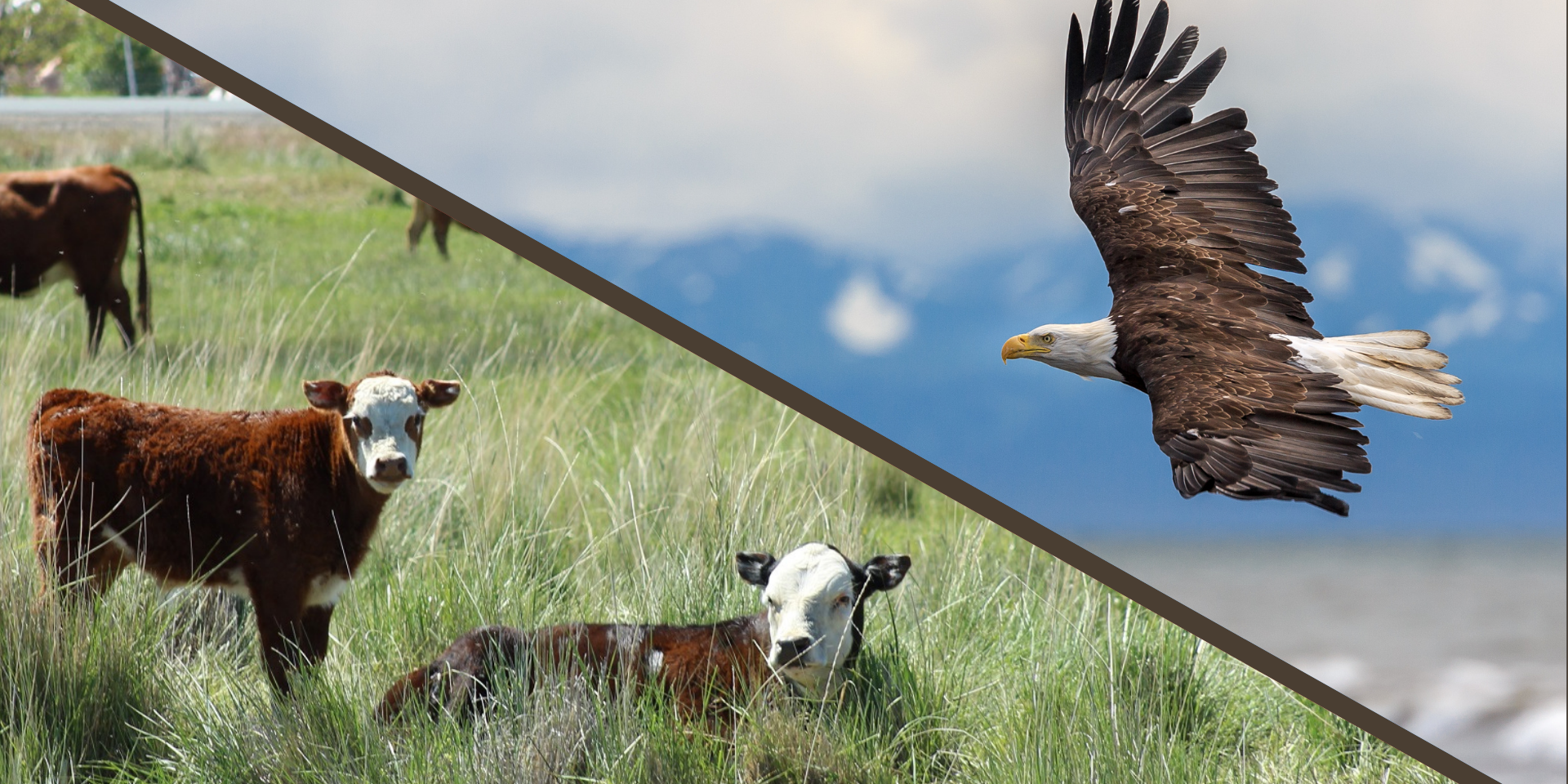It’s Calving Season in Carson Valley
Have you ever wondered how a calf is born and how the first few weeks of life are for them? It’s a magical process that happens a lot here at Carson Valley Meats. Here’s the story of how calves are born and how they grow up on our ranch!
Just like other mammals, the mother cow carries her calves in her womb for about nine months. Interestingly enough, the mother cow is pregnant with a female calf longer than she is with a male calf. Within an hour of birth, they stand, walk, and nurse. The first milk produced by the cow is called colostrum. It contains vital nutrients and antibodies for the calf’s well-being, and the calf must receive colostrum in order to be healthy. Calves should be kept with their mothers for at least 48 hours to make sure they receive enough colostrum to help them grow.
The calves have teeth when they are born, but they are very small and soft, so the mother cow chews their food before giving it to the baby cow so they have an easier time and can start practicing. Also, all baby cows are born with fully developed organs and though very weak, the mother cows do everything possible to help their newborn.
Just after a cow is born, they begin to make the familiar “moo!” sound we know and love! Calves can communicate with their mothers through mooing sounds and get to know each other better. The other cows even celebrate when another cow is born! You can tell that cows are celebrating when other cows come to protect the mother and her newborn baby cow by keeping them safe and warm.
Calves can be born year-round and how they are raised depends upon their ultimate use: dairy farming, beef ranching, or veal production. They also begin eating grass at about 2 to 4 weeks of age. After age 4 weeks, they can be moved completely to the pasture. Calves weigh approximately 60 to 100 pounds at birth. Within an hour of birth, they stand, walk, and nurse.
Calf birthing season is also beneficial for other animals, especially bald eagles! Between December and February in the Carson Valley, the birds can be found anywhere there are cattle. This is because the calf placenta is a high-protein meal that bald eagles like the snack on.
Every year, the Carson Valley Chamber of Commerce holds a 4-day event called Eagles and Agriculture to give people the opportunity to see bald eagles finding their meals and to capture photos of Nevada’s wildlife. The event includes a reception featuring local photography from the Carson Valley Photo Club and the stars of the show, birds of prey. The event also has a wetland tour and hikes on nearby trails, the Eagles and Ag Falconers, as well as ranch and eagle tours, an owl prowl through historic barns, and photo workshops. Visit the Chamber website to view photos of previous events – they’re phenomenal!
For more information on whee your beef comes from, download this information sheet from Farm Credit Knowledge Center.

